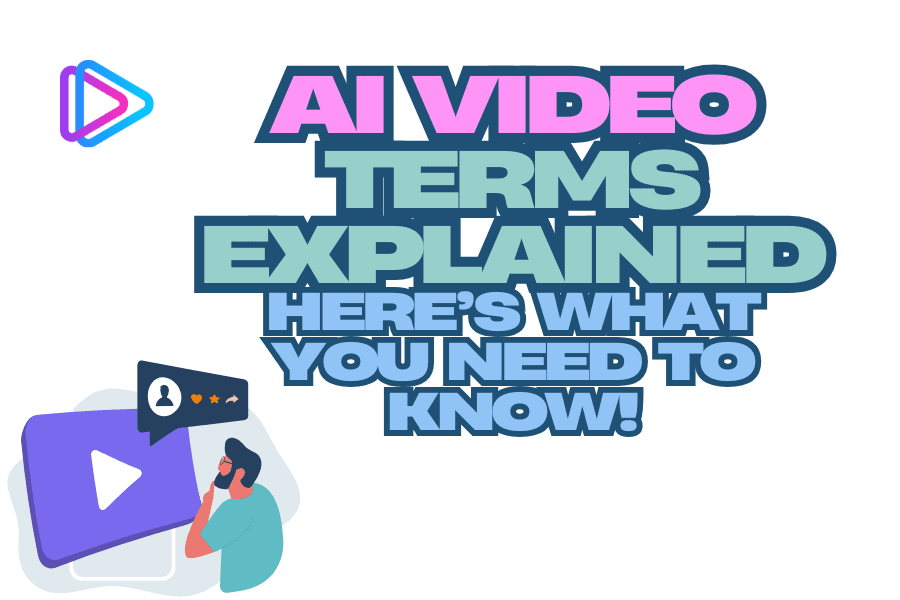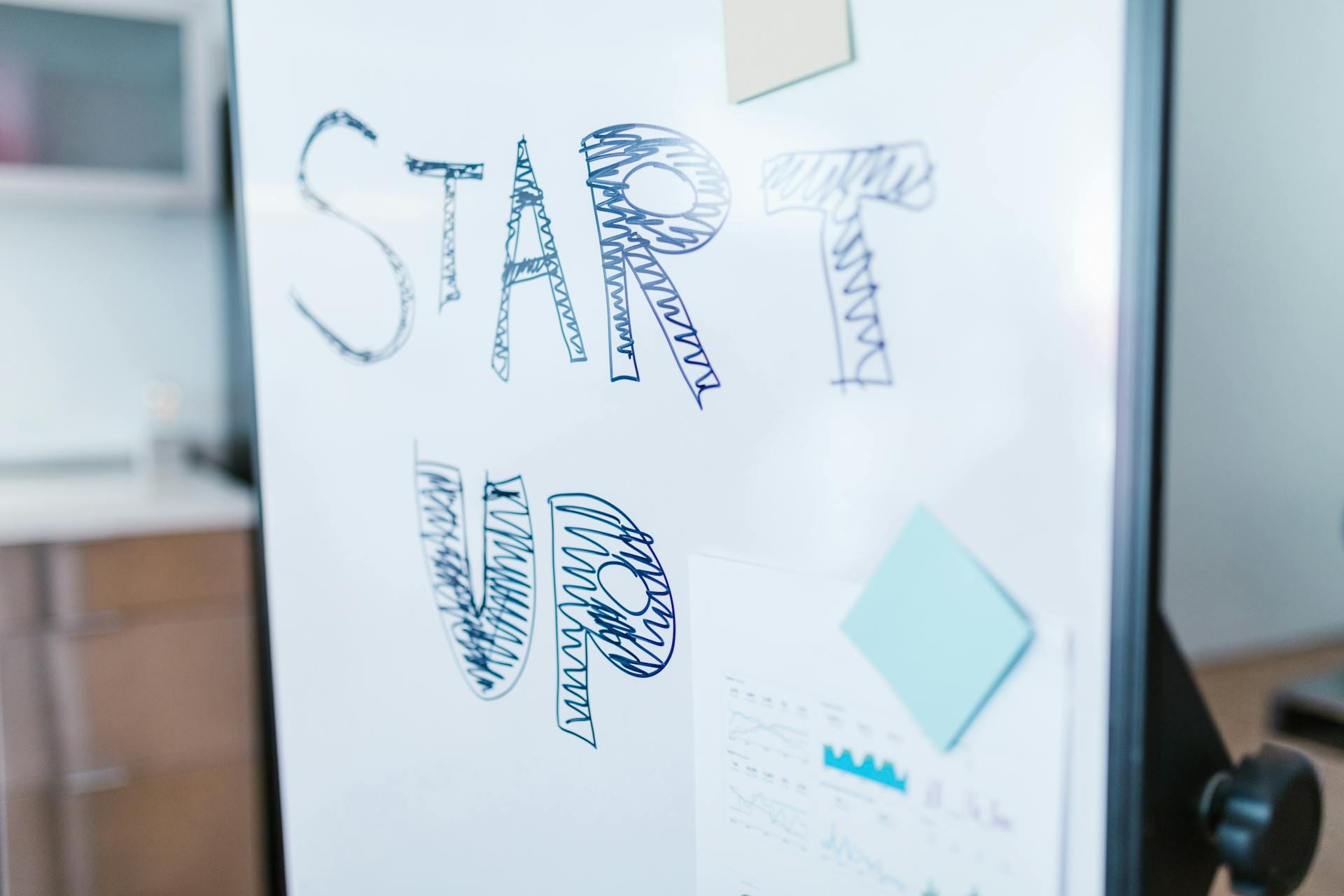Artificial intelligence (AI) is everywhere, from how your phone organizes photos to how videos edit themselves. But AI jargon can be confusing. If terms like “neural networks” or “deep learning” sound intimidating, this guide will break them down in a way that makes sense to everyone. No technical background required. Just curiosity.

The basics: AI, machine learning, and deep learning
Artificial intelligence (AI)
AI is when computers learn to do things that normally require human intelligence, such as recognizing faces, understanding speech, or editing videos. It is the reason your phone knows which photos contain your dog.
Machine learning (ML)
Machine learning is a type of AI where computers learn from examples instead of following strict instructions. Think of it like teaching a friend to recognize your favorite songs by playing them repeatedly. Eventually, they just know.
Deep learning
Deep learning is machine learning’s more advanced counterpart. It uses artificial neural networks (inspired by the human brain) to handle complex tasks, such as recognizing faces or generating artistic video effects.
How computers “see”: neural networks and computer vision
Neural networks
Imagine a giant web of connected lights. When a computer sees something familiar, such as a dog, it lights up in a specific pattern. That is similar to how neural networks work. They help AI recognize faces, objects, and even emotions in videos.
Computer vision
This is AI’s way of seeing. It allows computers to understand images and videos, making it possible for apps to recognize faces, read license plates, or detect objects in a scene.
Object detection
Your phone’s camera can identify faces in a shot because of object detection. AI scans an image or video to find and label things like cars, trees, or people, acting like an incredibly sharp-eyed friend.
How AI creates and edits videos
Generative adversarial networks (GANs)
This is where AI becomes creative. GANs are like two competing artists—one tries to create realistic images or videos, and the other critiques them until they look convincing. It is the reason AI can generate deepfake videos or create never-before-seen landscapes.
Deepfake
A deepfake is a video where AI swaps one person’s face or voice with another’s. Sometimes it is fun, such as placing your face in a movie scene, but it also raises concerns about misinformation.
Neural style transfer
Ever wanted to make a regular video look like a Van Gogh painting? That is what neural style transfer does. AI analyzes the style of an image, such as brush strokes, and applies it to another, turning any video into something visually unique.
Video synthesis
AI can now create entire video clips from scratch. Think of it like an advanced Photoshop but for moving pictures. If you need a sunset but do not have footage, AI can generate one.
How AI learns: training, data, and inference
Model training
Before AI can recognize faces or edit videos, it needs practice. Model training is like studying, feeding AI large amounts of images and videos so it can learn patterns.
Training data
This is the collection of images, videos, or other information AI learns from. The better and more varied the training data, the smarter AI becomes.
Inference
Once AI is trained, inference is how it applies that knowledge to new situations. It is like taking a final exam after studying—it uses what it learned to recognize a new face, filter a video, or enhance an image.
Pre-trained models
Not all AI starts from scratch. Pre-trained models are like borrowing someone else’s notes instead of reading the entire textbook. They have already learned from massive datasets, and you can adjust them for your own projects.
Data augmentation
AI needs variety to learn well. Data augmentation is when slight modifications, such as flipping or rotating images, are made to training data to help AI learn better, similar to practicing a song in different keys.
Making sense of video details
Semantic segmentation
AI does not just see a whole image—it labels different parts of it. Think of a coloring book where each section, such as sky, ground, and people, is filled in separately. AI does this automatically for videos, making it useful for editing and effects.
Pose estimation
Ever wondered how video games track movements or fitness apps count push-ups? That is pose estimation. AI figures out where a person’s body is positioned in a video, making it useful for sports analysis, dance tracking, and motion capture.
Automated video editing
Editing can take hours, but AI tools can now cut mistakes, add transitions, and highlight the best moments automatically. It is like having a personal video editor who never gets tired.
Metadata analysis
Videos have hidden information, such as timestamps, location data, and camera settings. AI can analyze metadata to organize and recommend videos based on your viewing habits.
Audio-visual synchronization
If you have ever watched a video where the audio was out of sync, you know how distracting it can be. AI can fix this by aligning sound and visuals so everything matches perfectly, just like a well-rehearsed band.
Beyond visuals: the role of language
Natural language processing (NLP)
NLP is AI’s way of understanding human language. In videos, it helps generate subtitles, understand voice commands, and even summarize spoken content. Automatic captions on videos are an example of NLP in action.
Wrapping it up
AI is not just a buzzword. It is shaping how videos are created and consumed. From auto-editing tools to deepfake technology, these advancements make digital content more accessible, creative, and sometimes a little eerie.
The next time you see a mind-blowing video effect or an eerily real deepfake, you will know the AI magic happening behind the scenes. Stay curious, experiment with AI-powered tools, and explore where creativity can take you.
📖 Further Reading:
• For creative tips on scripting, see “The Ultimate Guide on How to Write a Script for a YouTube Video”
• Read more on refining AI prompts in “How to Master Iterative Prompt Refinement for AI Script Writing (Step-by-Step Guide)”


